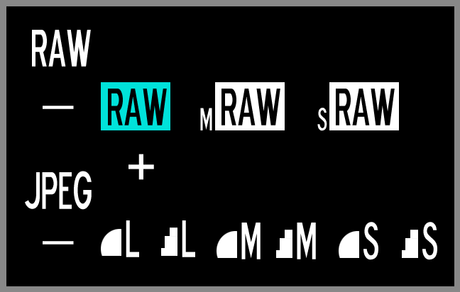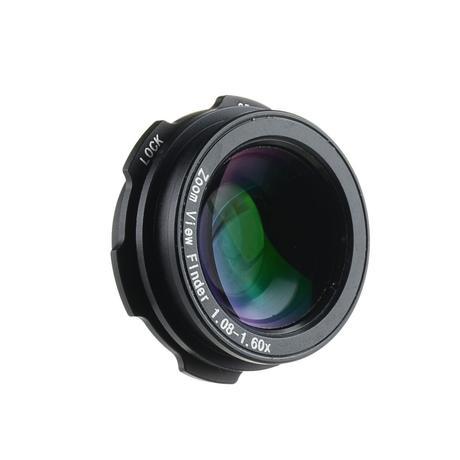5 Camera settings to maximize your camera’s capabilities

All cameras ship with various default options and the SGNL by Sony team chose five camera settings just about every modern camera has. By taking advantage of these settings you can maximize your camera’s capabilities.
Image Quality Settings

No doubt that all the Sony Camera’s gives images of best quality straight out of them, at default settings including noise reduction & using the actual base ISO (not extended ISO settings). But there are chances that your results with RAW conversions may vary somewhat. Therefore, changing the capture settings to items like RAW or jpeg image sizes can affect the quality of images upto great extent.
RAW images posses a greater dynamic details than JPEG-processed images which enables you to recover image detail in the highlights & shadows which is not quite possible in JPEG-processed images.
Exposure value

Basically, Exposure value (EV) is a measure that gives a combination of a camera’s shutter speed & f-number, such that all cameras that yield the same exposure have the same EV value (for any steady lighting environment). Hence, adjusting the EV of your camera in order to brighten or darken the exposure can have significant effect on your camera picture quality. It basically tells you the value of Light intensity in a photograph.
Flash EV Compensation

Digital cameras are far more sophisticated than digital cameras but that doesn’t mean they are full proof for best photography experience, for example, It is a minefield of exposure issues. Unbalance usage of flash can result in over-flash zombie pictures or under flash dark army. Therefore, using flash EV compensation to control the light flashed onto a subject & capture it perfectly with the background is a must for natural-looking pictures and It is most beneficial with cameras with built-in flashes.
Metering Mode
Metering Modes Affect When a Camera Sets Exposure.

DSLR cameras are designed to utilize evaluative metering will set the exposure value for the photograph when the shutter button is half-squeezed. The metering will remain bolted while the shade button is held mostly down. With fractional, spot and focus weighted metering, the exposure is set at the time the photograph is taken, not when the screen button is half-squeezed, unless auto-exposure lock is ON.
Focus Magnifier/Zoom
No matter how good your camera’s auto-focus really works, there are some situations when manual focus is the better shooting option for getting quality images. When used in the right environment conditions, it gives a photographer more control over the photo details, and in some cases, captures effects that can’t be imagined in auto-focus mode.

Although you can use manual focus whenever you like, there are a few conditions that really benefit from it. Often these conditions are a challenge for auto-focus, Because of either focusing on the wrong subject, or simply unable to focus.
Such conditions are Macro, Crowded settings, Shooting “through” an object, Low light, Street photography
Video
Conclusion
DSLR cameras are evolving and coming in market with advance technology to capture more beautiful pictures but It is always the person behind the camera who makes the pictures shine out. Therefore, These small changes in settings can really help you to stand out of the crowd and get the best out of your cameras.
Have you tried any of these setting adjustments to make your photography experience better ? Do you have any other Ideas to share with us?
Do share your views in comments section.

